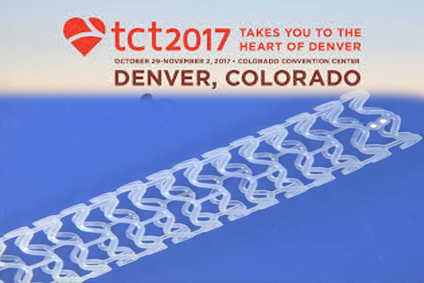Courtesy of the SBHCI.
The ABSORB II study sought to assess the mechanical properties of everolimus-eluting bioresorbable scaffolds, such as the increase in minimal lumen area and the recovery of the vasomotor properties of the treated artery.
Last year saw the publishing of negative results for the primary endpoints, registering a higher rate of complications at 3 years with the Absorb scaffold.
Read also: “DKCRUSH-V: What Is Simple Is Not Always Best for the Left Main Coronary Artery”.
The current presentation covers the third and fourth year, when the scaffold is supposed to be completely reabsorbed, and the long-awaited benefits are supposed to appear. Unfortunately, these advantages have not been observed, despite the statistical power of this study, which was supposedly able to show differences in clinical endpoints due to the 428 patients with 4-year follow-up data.
Investigators have concluded that there are no significant differences between everolimus-eluting bioresorbable scaffolds and everolimus-eluting bare metal stents at 4 years.
Courtesy of the SBHCI.
Original title: 4-Year Outcomes From a Randomized Trial of a Bioresorbable Scaffold vs a Metallic DES in Patients With Coronary Artery Disease.
Presenter: Bernard R. Chevalier.
Get the latest scientific articles on interventional cardiologySubscribe to our weekly newsletter
We are interested in your opinion. Please, leave your comments, thoughts, questions, etc., below. They will be most welcome.






